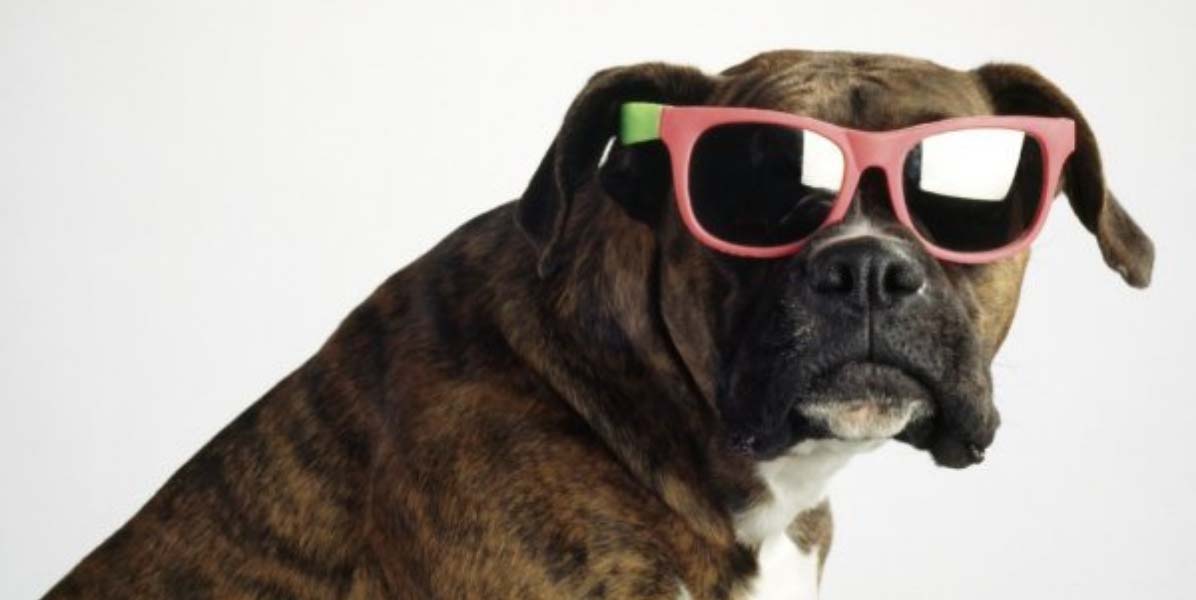One of the most important tasks for all dog owners is learning how to potty train your dog. While there is a range of methods for doing this, one of the best, in our opinion, is to use some type of dog potty grass or similar option.
Using a new system may seem overwhelming at first, but dog potty grass pads are quickly becoming the go-to method for housebreaking your pet(s). That being said, there are a variety of dog potty training options on the market today, and it’s important to find the right fit for you and your dog’s lifestyle.
Because, as all animal owners will agree, there’s nothing more frustrating than setting up your dog’s potty area only to find they’d much rather go literally anywhere else, especially in your flower beds!
So, to avoid a sticky situation, we’ve gone ahead and rounded up the best dog potty options available in 2021, with a handy guide on what to look for when picking your potty training setup.
Read on to find your perfect fit….
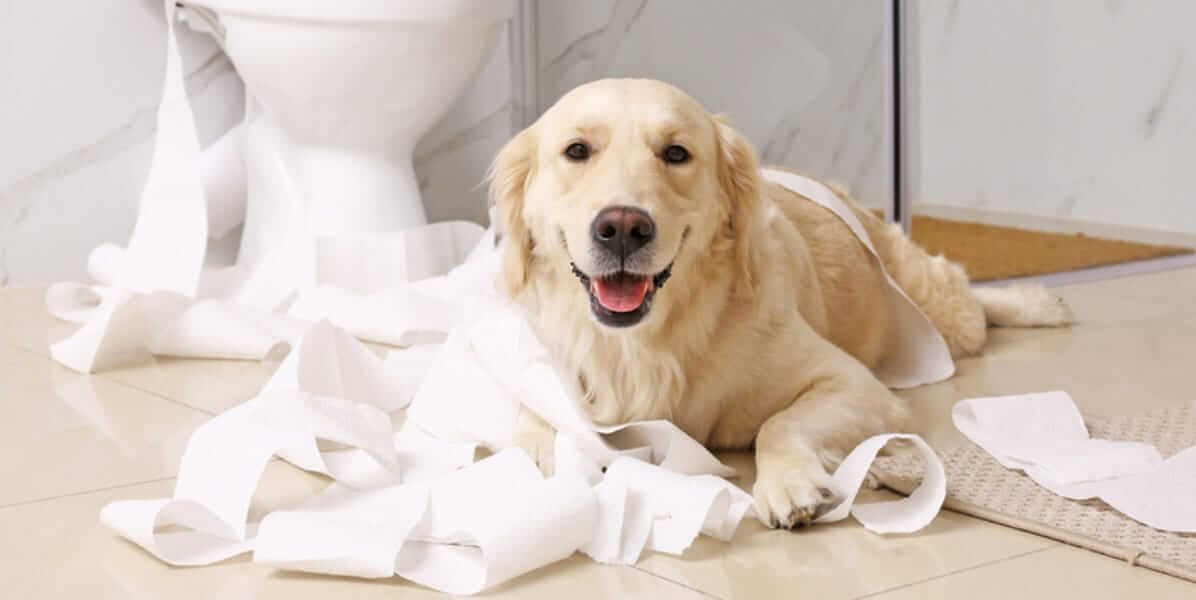
What kinds of dog potty Grass and Training pads can I get in 2021?
There are a variety of dog potty training products available on the market today, with a range of stylish options suitable for dogs of all ages, sizes, and breeds. However, it’s important to go through and thoroughly trial each of these, because it could take your dog a fair while to find the type that they’re comfortable using.
A few examples of the kinds of dog potty training options you can find online are:
Reusable Pee Pads
Reusable Pee Pads
If you want to go with standard pee pads, we recommend opting for reusable pee pads, as these are made out of a washable, eco-friendly fabric that can be reused for up to 200 washes – or until it’s threadbare and worn out.
Better smelling, better for the environment and better for your wallet these reusable pee pads can be a real game changer.
Bark Potty
Bark Potty is the next generation of pee pads, made of real, natural bark and like-real grass designed to prevent leaks, neutralize whiffy odors, and leave your home mess-free!
The Bark Potty pad is stuffed with natural, pet-safe bacteria which breaks down any odors leaving you free to use it as an indoor dog potty or an outdoor one, without having to worry about any lingering smells. More importantly, just one of these dog potty pads replaces up to 60 disposable training pads and lasts for up to 4 weeks of continued use!
How?
Well, the bark stuffing is antimicrobial, attacking odors and inhibiting the bacteria that cause the odor in the first place. This bark then draws any liquids down to the bottom of the lined tray, leaving the surface completely dry and leak-proof. As of 2021, Bark Potty is currently offering two subscription plans:
Rolling Monthly – 1 potty delivered every 4 weeks for $37
Or
Subscription Saver – 3 potties delivered every 3 months for $35.15 per potty (a.k.a. $105.45 per quarter).
Their low-cost subscription plans mean you always have a new Bark Potty to hand whenever you need it, whether that’s every 4 weeks or 3 months!
Replaced regularly, the Bark Potty gives you a stress-free, mess-free cleaning experience – all you have to do is pick up your doggy droppings just as you would do on your daily walk.
But, do you wanna know what we love most about the Bark Potty training subscription? Their shipping is always free! No matter where you are in the US, you can rest assured your dog potty will never cost you more than it needs to.
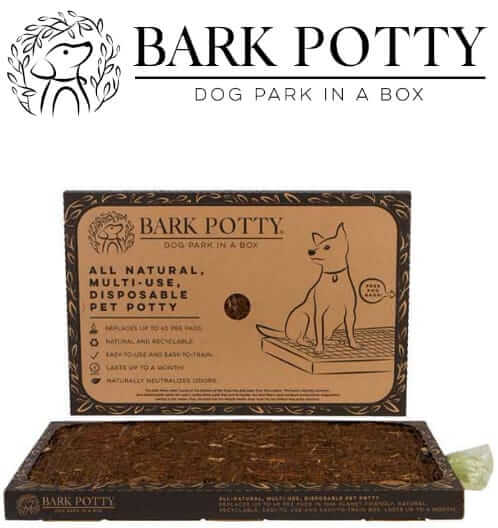
According to Natural Dog Owner, dog potty grass pads are typically ‘square or rectangular shaped patches of grass, either made of real grass or synthetic materials, and the grass often sits in a tray or base’.
They come in all different sizes, and you can put them wherever you want, be it:
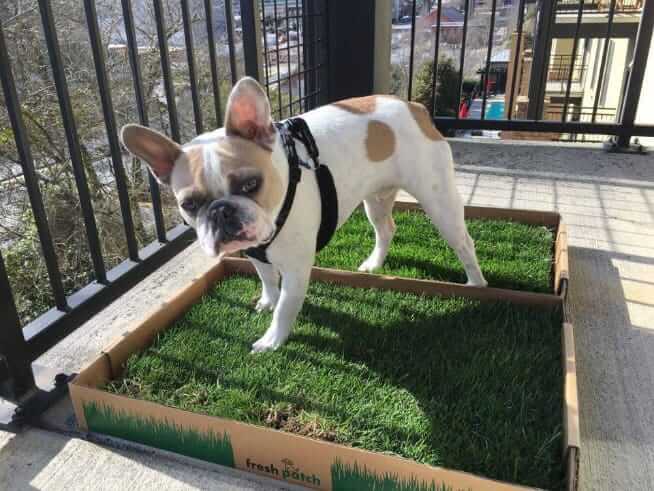
- indoors
- outdoors
- on your balcony
- or in a private, dedicated area your dog knows as their toilet space.
While not all dogs will take to dog potty grass, plenty of them will benefit from having one available, because:
- they protect your dog’s paws from the painfully cold ground
- they’re easy to access
- they remove odors quickly
- and they’re great for aging dogs or house training puppies.
What size dog potty grass pad do I need?
If you’re interested in purchasing a dog potty grass pad but aren’t sure what size you need, check out our handy guide below.
Dogs enjoy moving around freely, and they tend to twirl around, sniffing out the best spot available before they decide to eliminate.
With that in mind, it’s important to give them more space than you might initially think they need, for optimum movability.
The standard size for a grass pad is typically 25 inches long by 15 – 20 inches wide, which is the perfect size for small dog breeds. However, for medium or large dog breeds, we recommend using multiple standard pads side by side or opting for a large pad.
DoggieLawn
DoggieLawn is another leading potty brand, and they currently offer grass pads in sizes from Standard (24″ by 16″ ), all the way through to Extra Large (48″ x 24″), giving you the perfect potty for your growing dog, no matter their breed or size!
All of their grass is hydroponically-grown from their farm in California so, if you’re an eco-conscious animal owner, you can rest easy knowing every purchase you make is carbon-neutral and eco-friendly.
The only downside to the DoggieLawn grass pads is that the tray to house them isn’t included, which means that, if you wanted to use one of their grass pads, you would have to buy the tray separately, which isn’t inexpensive.
- $4 for a Standard
- $5 for a Medium
- $10 for a Large
- $20 for an XL Flex Tray
- and a whopping $39 for the XL version of their standard tray!
So, if you’re looking for a grass pad that does the trick of removing odors, keeping your home fresh, and gives your dog a comfortable space to do their business, look no further than the DoggieLawn grass pad and tray.
But, be ready to shell out if your dogs are big enough to need an extra-large!

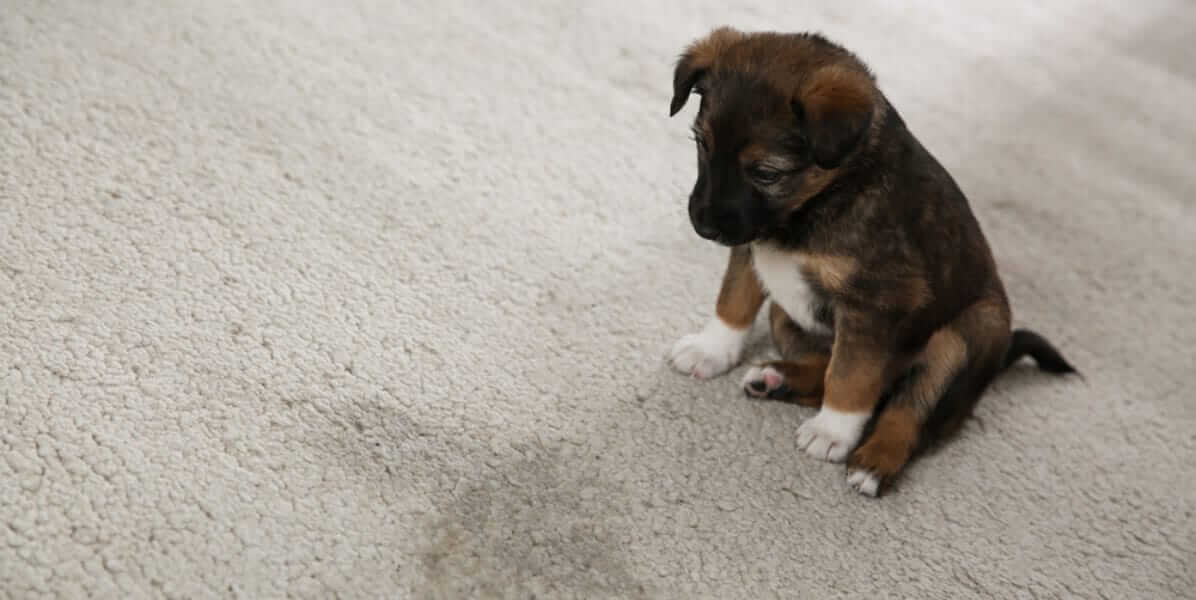
What to look for in your potty & how to get potty training right the first time
Should I train my dog with an indoor dog potty or an outdoor one?
Now that we’ve given you an in-depth list of all of the types of dog litter boxes that are available today, it’s time to discuss the benefits of using an indoor dog potty over an outdoor one.
Pros and Cons of Using an Indoor Dog Potty
The Cons of Using an Indoor Dog Potty
Smelly odor if you forget to clean
If you’ve ever walked into someone’s home and caught a whiff of the inexcusable odor of dog urine, then you’ll know that no matter how nice your home may seem, it’ll be highly unappealing if it stinks to the high heavens of dog urine. With that it mind, it’s imperative that you remember to clean out and replace your doggy pee pad or potties regularly, so as to keep things as daisy-fresh as possible, all year round.
Not great in summer
If you live in a country where your summers are like desert heatwaves and you can’t get out much, then an indoor dog potty may not be the best option for you or your dogs. Dogs tend to get overheated quite easily as it is and, during the summer months, this can be exacerbated overwhelmingly. That’s why it’s important that your dog is able to get enough fresh, cool air to stay as healthy and comfortable as it can. Having an indoor dog potty could keep them stifled, stuffy and uncomfortable, which won’t be great for either of you.
The Pros of Using an Indoor Dog Potty
Protection from changing weather
Having an indoor dog potty means you don’t need to worry about your dogs rushing out into the snow and rain, only to track pools of water and slushy mud throughout your home. Plus, we all know walking your dog in the freezing cold is far from enjoyable! With an indoor toilet pad, your dogs can go about their business in comfort and peace.
Your potties won't rust
Along the same lines, keeping your potty indoors will ensure that it lasts at least ten times longer, protected from the rain, color-rinsing sun, and, along with it, any possibility of rust or damage!
Keep your eye on your puppy's toilet experience
Older and younger dogs tend to have issues with going to the toilet outside: younger dogs are more prone to accidents, while older dogs are known for having health and mobility issues. By choosing an indoor dog potty, you’re ensuring that your dog can access their toilet with ease, and feel comfortable going of their own accord.
With all that being said, we recommend using a grass pad as a healthy and attractive alternative.
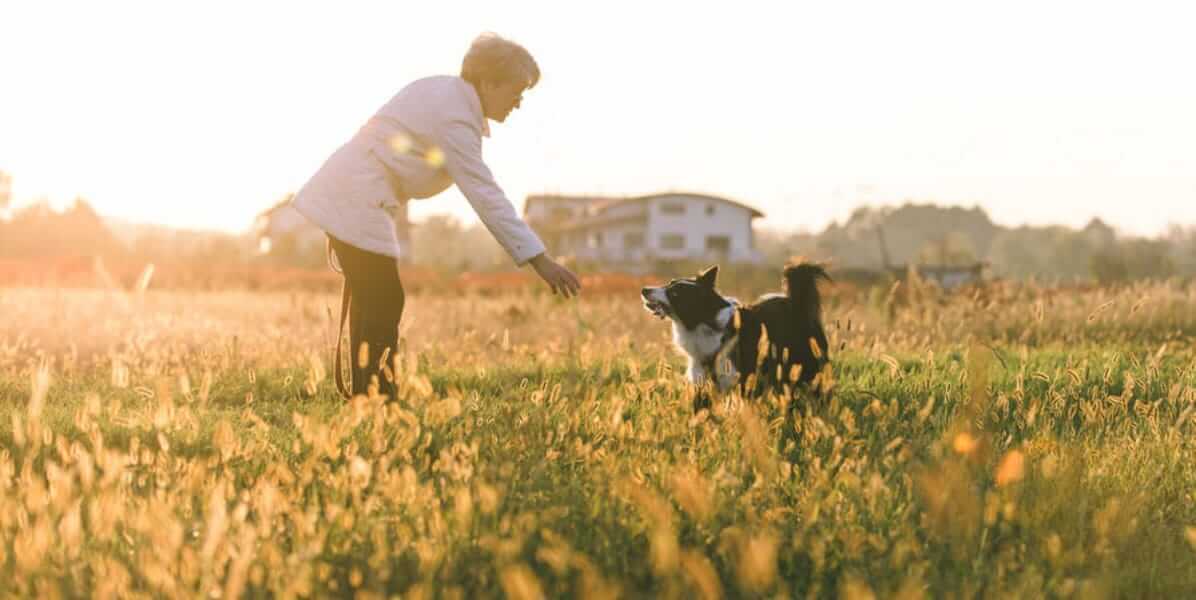
Artificial Dog grass pee pad or real grass?
Authentic grass pads are generally considered the best option for most dogs, as they’re natural, appeal to their senses, and there’s little maintenance necessary.
That being said, there are a tonne of arguments for using artificial pad grass, too.
To find out what they are, read on….
Artificial dog grass pee pads
Generally, artificial grass pads are created out of plastic designed to mimic the look of grass. They allow liquids to flow through the material into the collection tray below it, which does mean you’ll have to empty the tray on a daily basis. This can be incredibly time-consuming, but they’re worth it in the long run since these pads tend to be far more durable over time.
Artificial grass pads also aren’t great for transitioning from litter training indoors to going to the toilet outdoors, on real terrain. Using artificial grass for litter training would only confuse your dogs when they come to do the real thing.
In our opinion, artificial pads might save you money in the sense that you don’t have to replace them every so often, but the cleaning and maintenance they require doesn’t save you a lot of time, which can be an issue for many work-heavy dog owners.
Real grass pee pads
On the other hand, real grass pads are entirely disposable – once the grass dies, you can throw out and replace the entire thing. Though this will cost you more in the long-run, it’ll save you hours of cleaning and disinfecting time in the process.
Furthermore, the way that real grass pads are grown is typically hydroponically, which means that they grow without the need for soil. What does this mean? Well, you won’t have to worry about your dogs tracking muddy paw prints across your freshly-mopped kitchen and throughout your carpets, because there’s no soil to track!
Nonetheless, these pads only last for a few weeks at the most, so you’ll need to replace them very frequently, which doesn’t give you the greatest bark for your buck.
Will my dog prefer an artificial or real grass pad?
After scouring the internet for reviews and personal accounts from dog owners across the globe, we believe that, for the most part, dogs tend to prefer natural, real grass pads to those made out of plastic.
This is because they’re closer to the real thing, they’re natural and full of pleasant aromas and textures, and they generally feel nicer to use, for both young and aged puppies.
The Best Pet Odor Eliminator
We love our fur babies, but fact is they can get kinda stinky. This smell can radiate throughout our home, into furniture and even the flooring (especially carpet).
Like many pet owners, perhaps you’re having trouble potty training your dog, or your pet has a medical condition that makes them prone to accidents. In other cases, your work schedule might be a bit erratic, making it hard for your dogo to wait.
If this sounds familiar, Live Odor Free is here to help.
Eliminate Pet Odor on Contact!
Tap into patented Noble Ion Odor Technology and eliminate the ‘yuck’ hitting your nostrils…all on contact. Using billions of positive ions, this formula attracts, neutralizes and eliminates bad-smelling negative ions that are abundant in a multitude of organic odors and pet urine.
That’s right, FINALLY an odor eliminating formula that uses ZERO detergents or fragrances that do little more than mask scents. Best of all, it is 100% safe for kiddoes pets alike.
What Types of Pets is Live Odor Free Best for?
Although the product can arguably be used for any pet odor, the current formulations are ideal for both dogs and cats. In fact, the company offers two unique formulations (one for dogs and one for cats), uniquely engineered to help you get better results based on the chemical makeup of odors specific to canines or felines.
What Can I Use This On?
We’re glad you asked. Turns out, the formula is quite versatile, with options to eliminate pet odors on virtually any surface.
Surfaces You Can Treat Include: Carpeting, laminate floors, hardwood, cement, furniture, artificial grass, gravel and even cement patios.
What Is Live Odor Free Made From?
Like many pet parents, you likely have concerns about what this pet odor eliminator is made from. Trust us, we get it. The good news is that this formula is made from all-natural organic ingredients that are:
- Non-GMO
- FDA food-grade
- FDA GRAS (generally regarded as safe); and
- Green
Dealing with Stubborn Odors that are an Absolute Assault on the Senses?
Live Odor Free can help with this too! With its new 3-step pet odor elimination kit you can harness the power and effectiveness of professional odor elimination solutions without the high cost of paying a professional.
Now available for consumer use, eliminating powerful odors is now as simple as “spray, sprinkle, sniff”.
Stop Suffering from Overbearing Pet Odors
Those odors aren’t just off-putting and gross, they can reduce indoor air quality and irritate your nose, throat, lungs and eyes. With Live Odor Free, you can keep your home and other spaces smelling fresh as a day in spring, all without the use of harsh chemicals that could put your fur babies at risk.
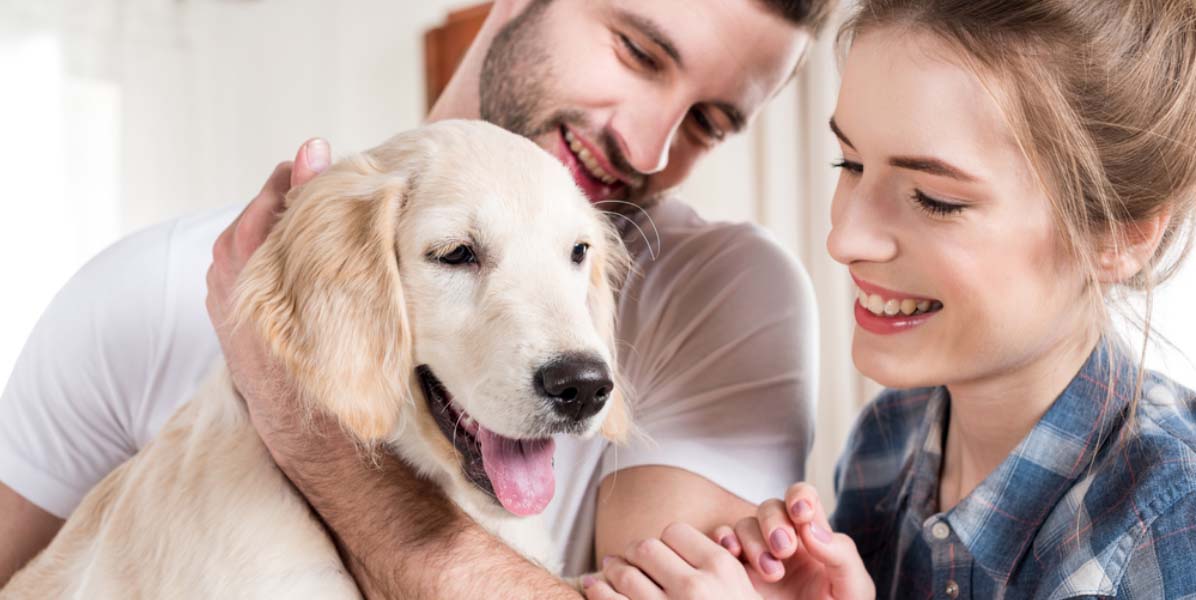

First time pet owners: how to get toilet training right the first time
As many pup owners can attest, puppies and dogs are adorable, fluffy bundles of joy you can’t wait to cuddle and play with. But being a puppy parent isn’t always easy (understatement of the century).
Of all the experiences you have to go through when you welcome your new pup to your family, puppy training is by far the most arduous and often frustrating.
Don’t despair though! Follow the 9 simple tips we’re covering below, and you’ll find that puppy training can be a relatively easy-breezy experience, for both you and your furry friend.
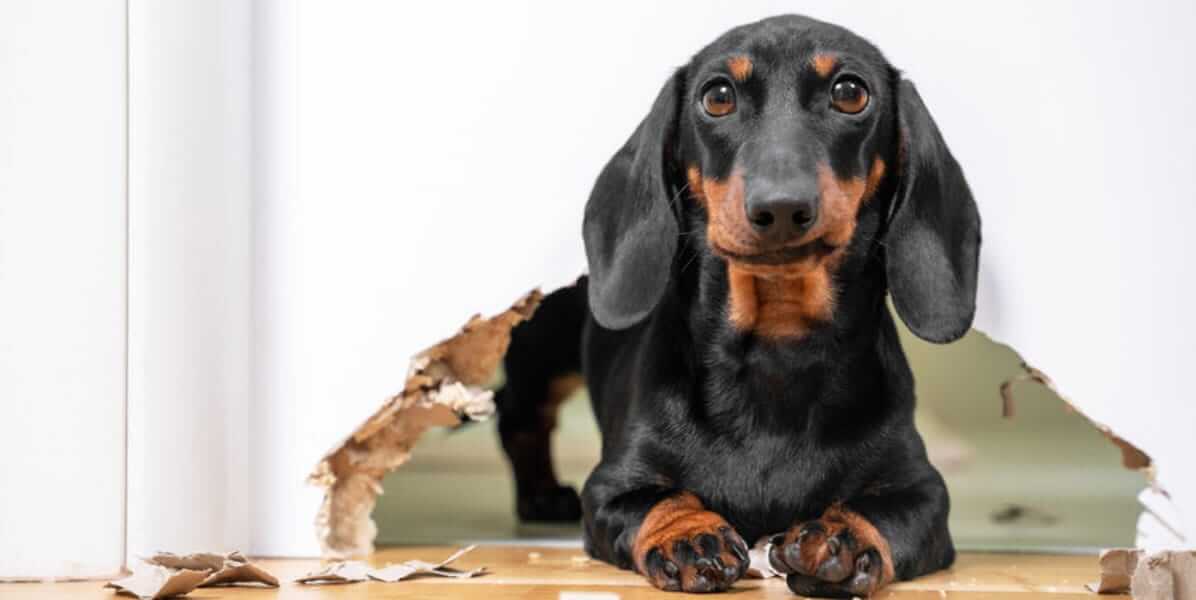
Housetraining Tips for Pet Owners & Your Dogs
By implementing the following tips, you’ll have well-behaved, mess-free housetrained dogs before you know it.
First and foremost, it’s important to establish a ‘base’ for your dog. This will be the starting point for all of your puppy training and will provide a familiar environment for your puppy to return to throughout their training. This could be their dog bed or dog crate. Dog crates tend to be better as you can lock them whenever you need to, which will reinforce certain elements of the training and make it much easier in general.
Puppies have an instinctive need to empty their bladder as soon as they wake up, after they’ve eaten, and after periods of heavy physical activity. Get into a habit of taking your puppy out to expel first thing in the morning, after every meal, and after playing.
In the beginning, it’s important to stay with your pup, because without your support they will become confused and unsure of what to do. Put them on a leash and stay with them until they naturally go to the toilet on their own. When they do, it’s vital that you praise them, because this will teach them that this action/behavior is something that you encourage and thus want them to repeat.
Be patient. If your dog doesn’t pee or poop the first time you take them outside or bring them to their indoor dog potty, bring them back to their crate and try again after half an hour.
Reinforce good behavior and expulsion with high praise and treats every time they go to the toilet successfully. One effective way to provide this positive reinforcement is to use a clicker, clicking once when they start to go to the toilet, then again when they’ve finished, rounding off with a tasty treat to let them know they’ve done a good job.
Take your puppy out as often as possible. If you find it hard to schedule these trips into your everyday life, try setting up timers as a reminder to take them out every couple of hours, especially during their early puppy years, when their bladders are unable to hold urine for long periods. Consider purchasing an extra-large dog crate and converting one end into a toilet, for periods when you’re not at home to take them out to the toilet.
Watch your puppy for any changes in their behavior that may indicate their toilet needs. For example, they may stare at you and whine, jump up on you, or stand at the door and stare outside. Pretty soon, you should come to recognize exactly when your dog needs to go out.
Never punish your dog if they have an accident indoors. This will only serve to make them wary of you and uncertain, sending a signal that going in the presence of people is wrong and deserving of punishment.
Last but not least, always check with your local veterinarian if you notice anything out of the ordinary when it comes to your dog’s behavior and toilet habits. If you find them needing to relieve themselves more or less frequently than usual, have them checked out. Your vet can rule out any possible medical issues and provide you with all of the medication and information you might need to clear up your dog’s condition. If you’re strapped for liquid cash, we recommend considering getting pet insurance, as this will pay for medical issues and is largely cost-effective.
For a full ‘how-to’ on how to potty train your dog, head over to the American Kennel Club and check out their Comprehensive Guide for Success.


